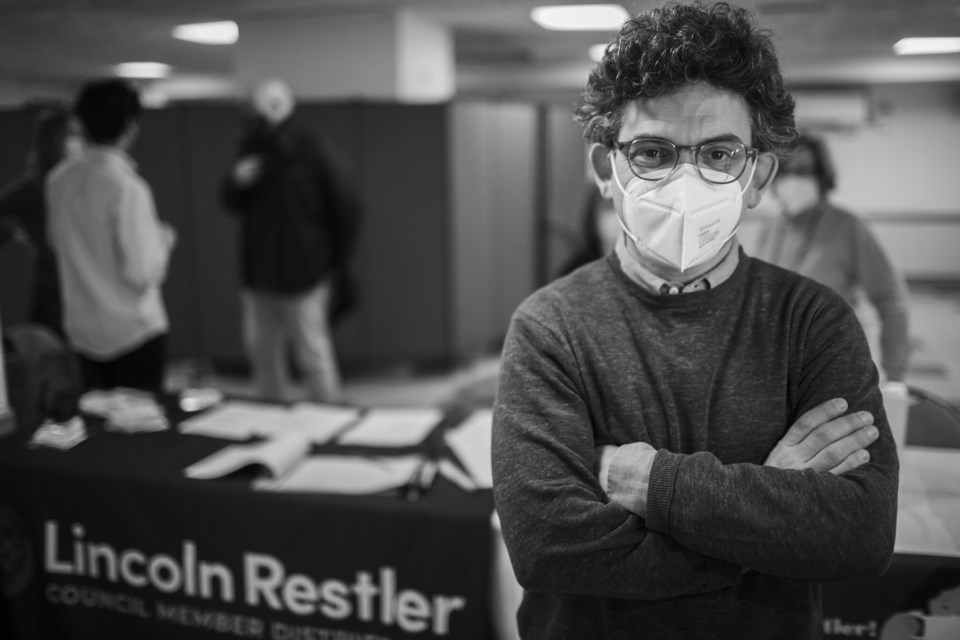On Tuesday, New York City Council member Lincoln Restler released Brooklyn's 33rd District's new climate action plan. The plan, is the first of its kind for any city district, according to the Gothamist.
The action plan was originally drafted to serve as a non-binding community oriented guide to tackling climate change. Its goals are to expand green spaces, build new storm surge protections, reduce building and car emissions, and reach a zero waste goal. In addition, this effort would also introduce new bike lanes and increase local renewable energy sources such as rooftop solar.
District 33, located between Greenpoint and Boerum Hill, is a neighborhood all too familiar with the effects of climate change. Most of the district sits on waterfront or low-lying areas at risk of flash floods and storm surges.
When Superstorm Sandy struck in 2012, toxic waters from the canals overflowed and flooded local homes. Some residents were cut off from water and electricity for nearly a month and others were stuck in their homes as elevators had shut down. Now local residents say they have been waiting ten years for city officials to develop a strategic climate response.
"We understood how it felt to be abandoned. There was no plan in place," stated Tracey Pinkard, 53, lifelong NYCHA resident. "You're in a space of survival mode and move forward and do the best you can without thinking that the government needs to do something about it."
However, Restler's fourteen-page proposal is more than comprehensive for a district of more than 170,000 residents.
For example, his proposal identifies all the major sources of local pollution. One large source of air pollutants is local schools, with school buses that run on diesel gas. Their emissions can exacerbate asthma, the current leading cause of school absences. And by converting the buses to run on electricity Restler proposes that we can reduce pollution levels and support student health.
According to local environmental advocacy groups, more districts are likely to follow in suit and create plans of their own because in doing so creates a strategy for getting environmental laws in books and securing larger funds through the city budget. And by laying out local issues, residents can now rally for solutions to the problems that have plagued their homes for generations.
"Every level of government has failed us when it comes to the climate crisis," Restler said. "I think if we all sit around hoping for some international agreement, that's going to come in and save the day, we are going to be waiting around for a long, long time."




